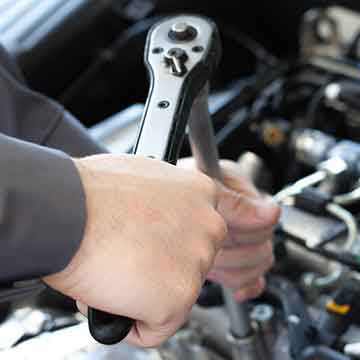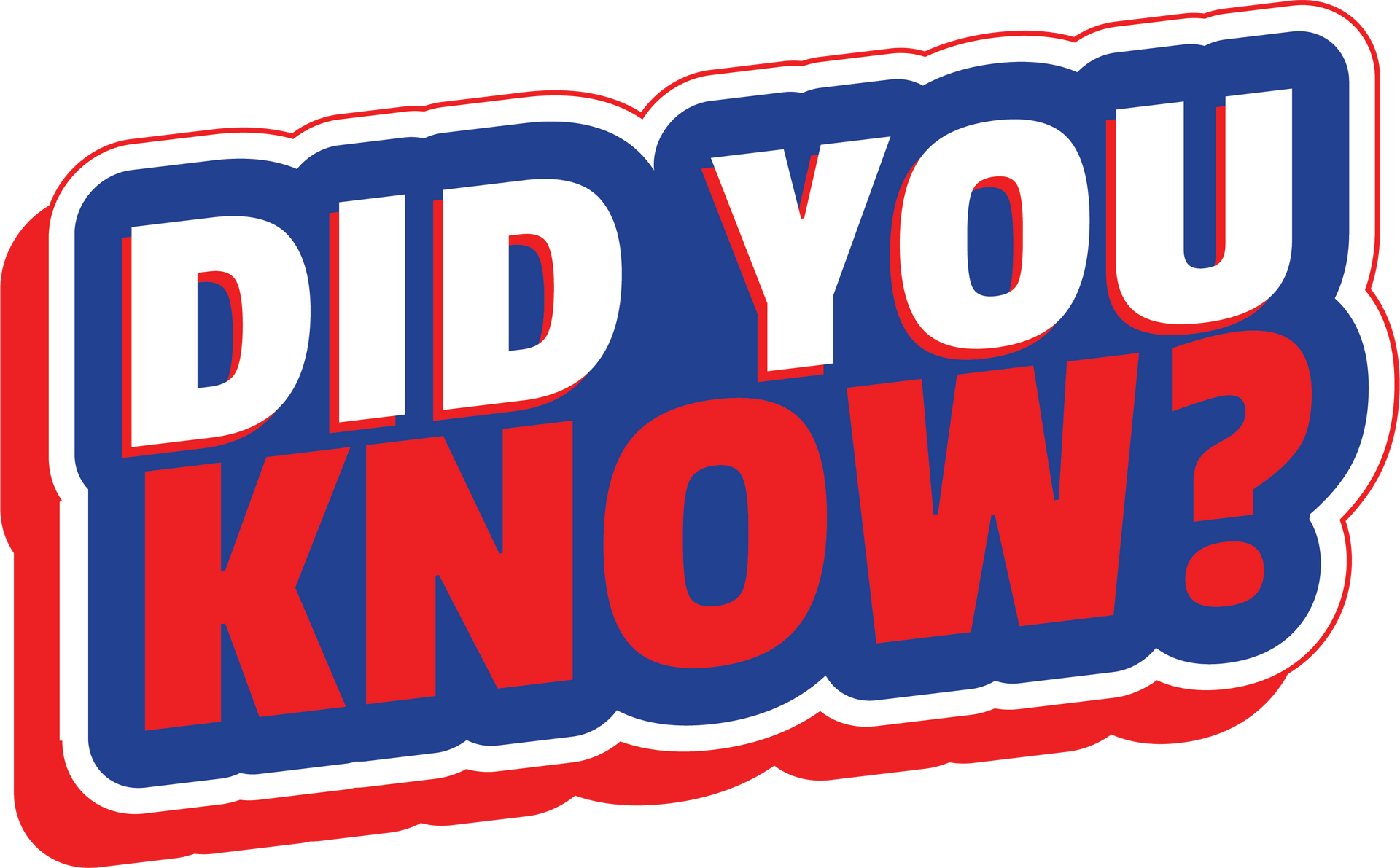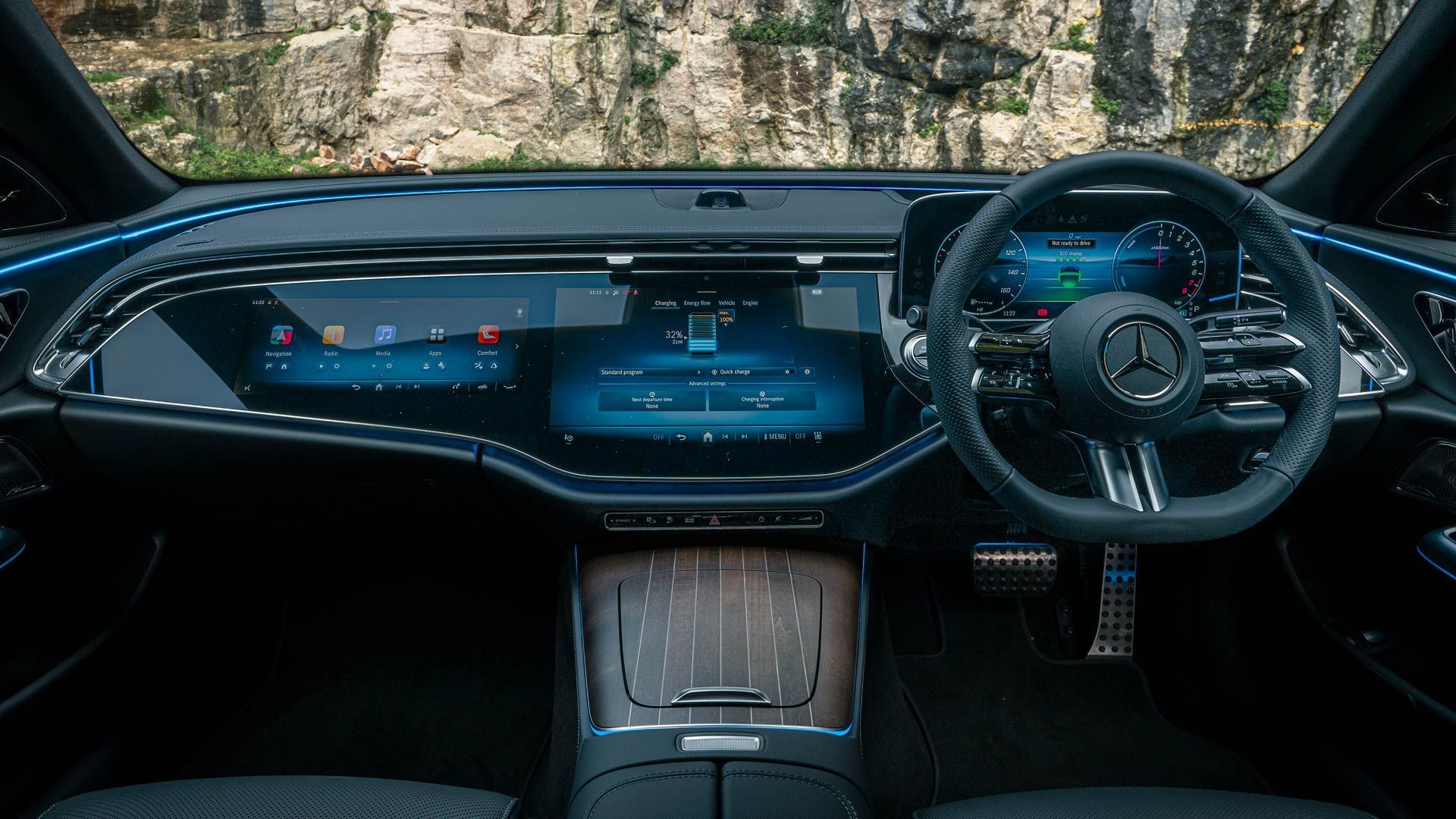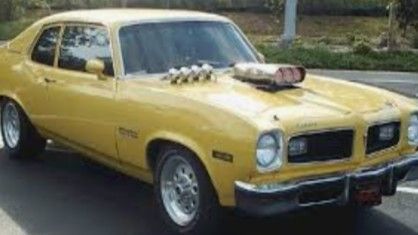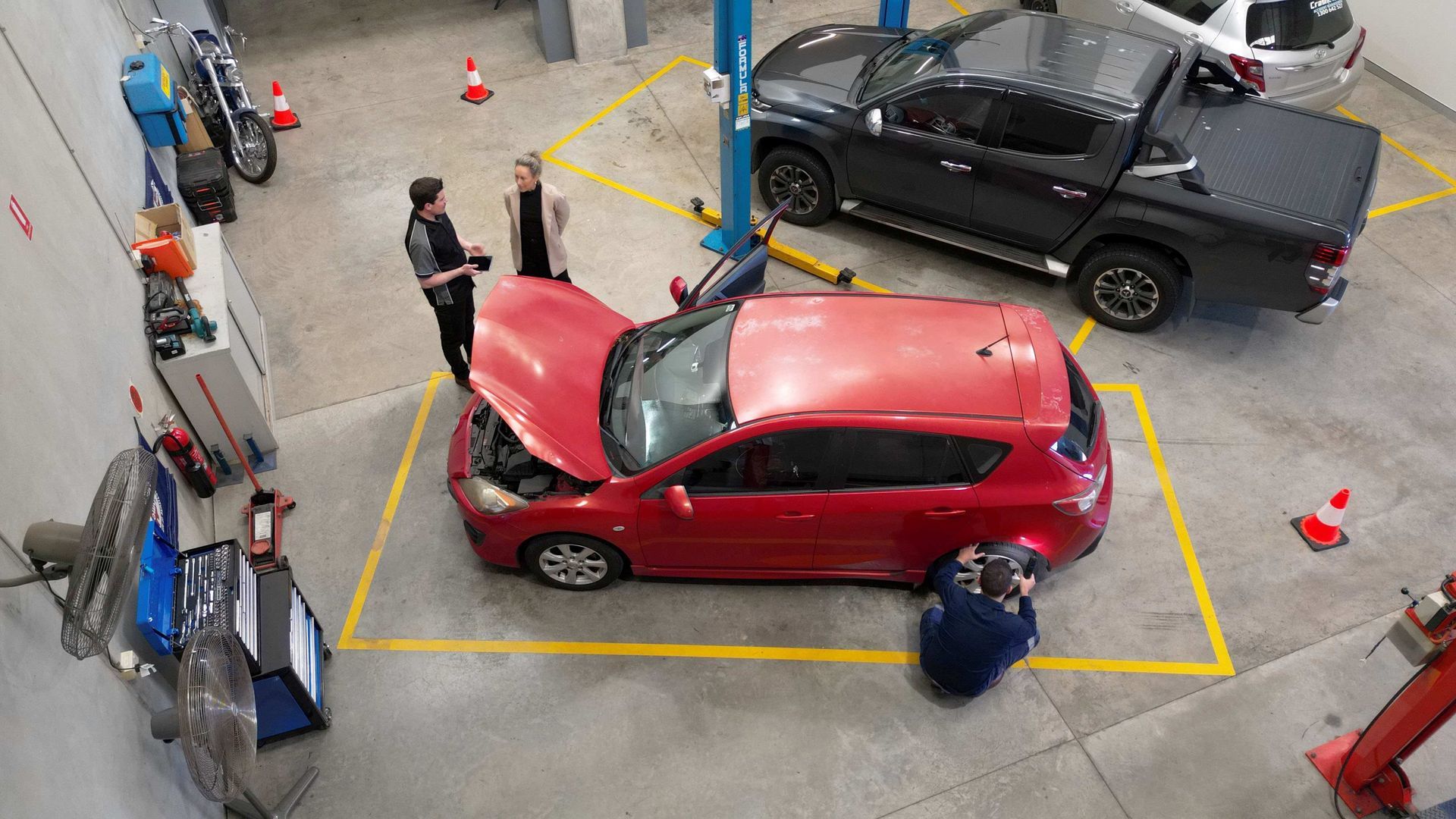A Protective Barrier Against the Elements
In its earliest incarnation, the dashboard was a simple wooden board mounted at the front of a horse-drawn carriage. Its primary function was practical: to shield passengers from mud, stones, and debris kicked up by the hooves of galloping horses. The term itself—"dashboard"—derives from the act of mud and water "dashing" against the board as the carriage moved at speed.
This primitive yet essential feature of carriage design became a standard element for ensuring passenger comfort and protection. While modest in appearance, it represented an early form of engineering designed to enhance the travel experience.


